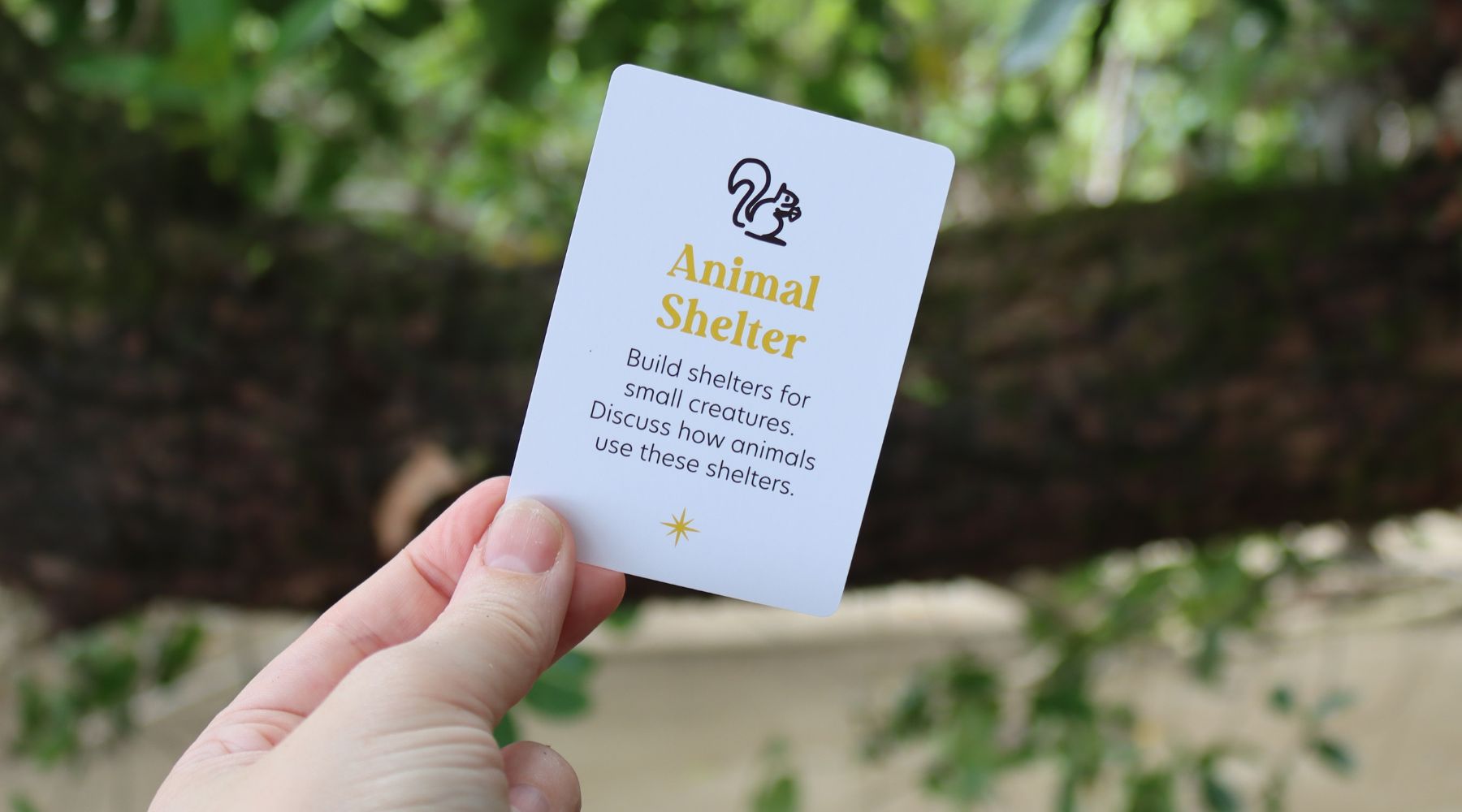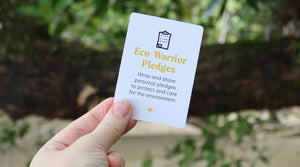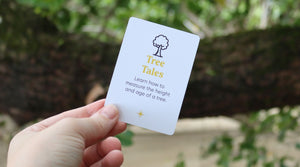Animals, big and small, need safe places to live, just like we do. In this activity, you’ll learn how to build a small shelter for creatures like bugs, frogs, or birds. Let’s help our animal friends find a cozy home!
What You Need:
- Sticks, leaves, and grass
- Rocks and small logs
- A quiet spot in nature
Step 1: Choose Your Spot
Find a quiet area where animals are likely to be, like near a tree, a bush, or by the water. Make sure the spot you choose is safe and undisturbed by people or pets.
Step 2: Gather Materials
Collect natural materials like sticks, leaves, grass, rocks, and small logs. These will be the building blocks of your animal shelter. Look for materials that are already on the ground—never take too much from one place, as animals might already be using it.
Step 3: Build the Shelter
Start by arranging rocks or logs to create the base. Then, a layer sticks over the top, forming a small roof. Use leaves and grass to cover the shelter, making it cozy and camouflaged. Make sure the shelter is sturdy and won’t collapse easily.
Fun Fact:
Many animals build shelters to protect themselves from predators, and weather, and to raise their young. For example, birds build nests, and rabbits dig burrows underground!
Step 4: Observe and Wait
After building the shelter, step back and observe. It might take some time, but you could see small creatures like bugs or frogs checking out your shelter. Be patient and keep a quiet distance.
Step 5: Record Your Findings
Write about your shelter-building experience in your nature journal. Did any animals visit your shelter? How did you decide where to build it? Draw a picture of your shelter and note the materials you used.
Safety Tip:
Remember to be gentle with the creatures you’re helping. Don’t disturb their natural habitat too much, and always wash your hands after handling natural materials.
Wrapping Up Your Animal Shelter Adventure
Building a shelter for small creatures is a rewarding way to connect with nature and understand how animals survive in the wild. By providing a safe space, you’re helping the ecosystem and learning about the importance of conservation. So next time you’re outside, think about the creatures around you and how you can make their lives a little better!



